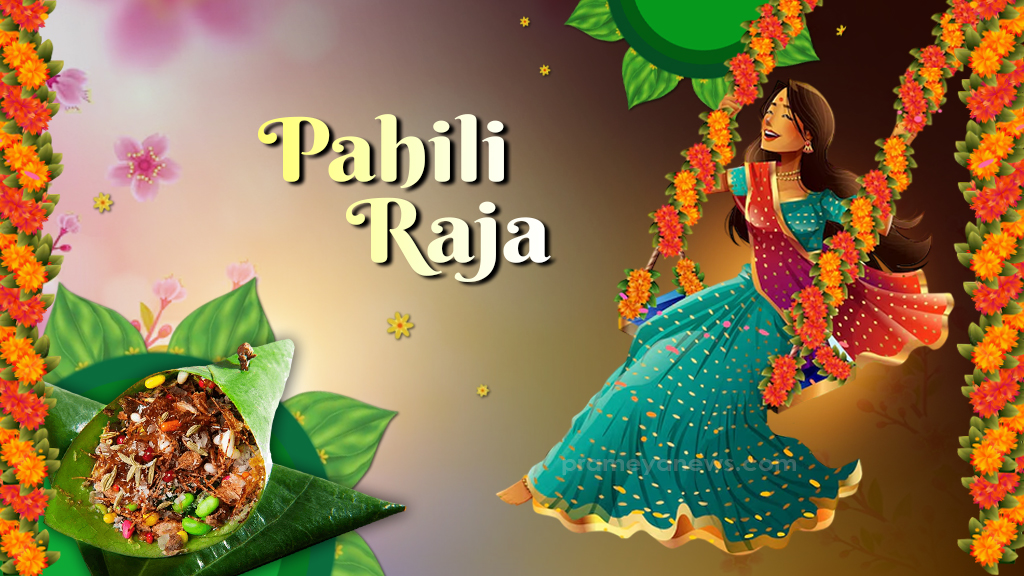

Pahili Raja marks the beginning of the much-awaited three-day Raja Parba festival in Odisha. Celebrated with great enthusiasm across the state, this day holds immense cultural significance, especially for women. ‘Raja’ is derived from the word ‘Rajaswala’, which refers to a menstruating woman symbolising fertility and the power of creation. The festival is dedicated to celebrating womanhood and the agricultural richness of Mother Earth.
How to observe Pahili Raja?
Pahili Raja, observed a day before the main Raja Sankranti, is all about preparations and celebrations. On this day:
Women take a break from daily chores and pamper themselves with new clothes, alta (red dye), and traditional jewellery.
Girls enjoy swinging on decorated ‘doli’ (swings) hung from tree branches, singing folk songs and playing indoor games.
Traditional pithas like Poda Pitha, Manda Pitha, and Arisa Pitha are prepared in every Odia household.
The earth, like a menstruating woman, is believed to be in a state of rest. Therefore, ploughing or digging the soil is avoided.
Cultural essence
Pahili Raja is not just a celebration, it’s a tribute to womanhood, nature, and traditional Odia values. The first day sets the mood for the remaining two days: Raja Sankranti (the main day) and Basi Raja, followed by the final day Vasumati Snana.